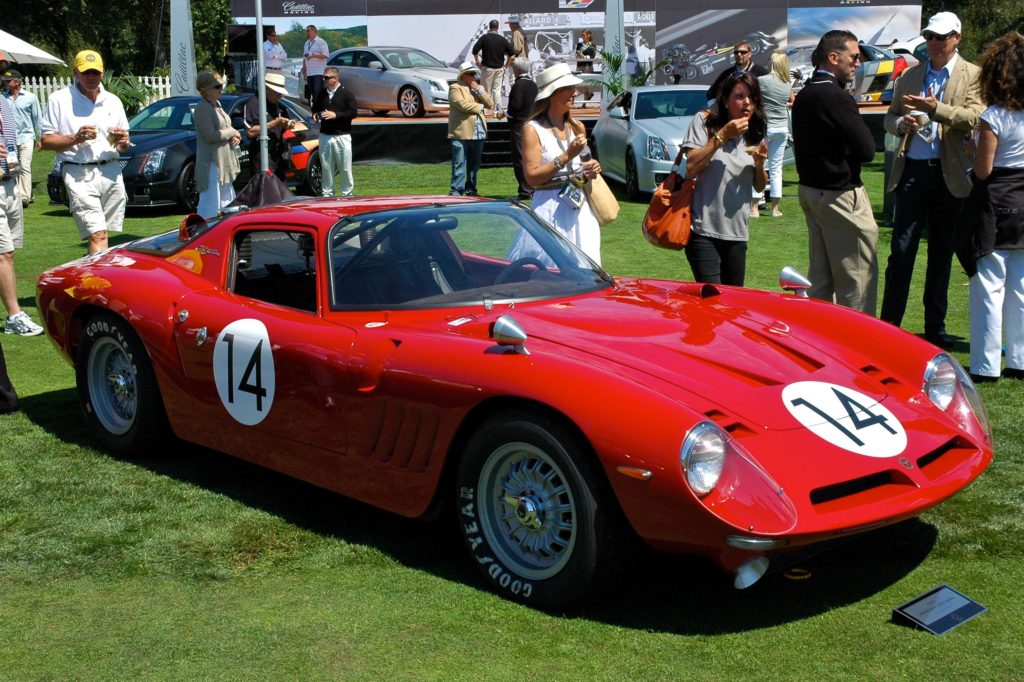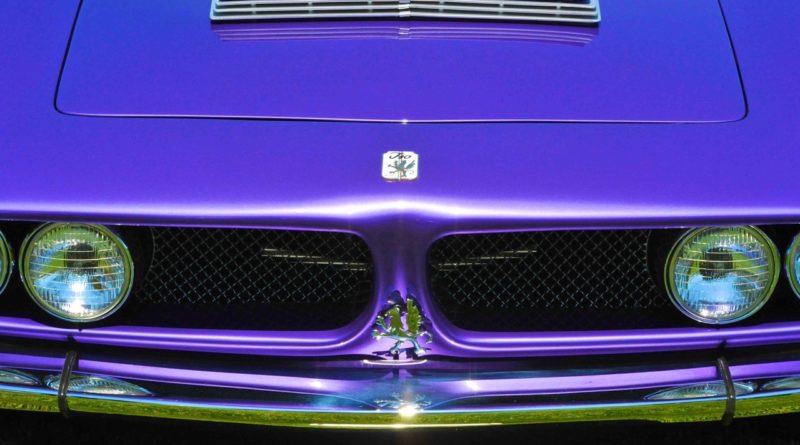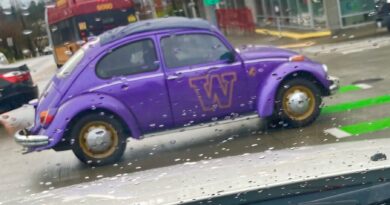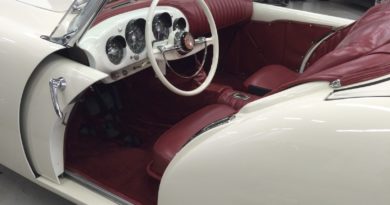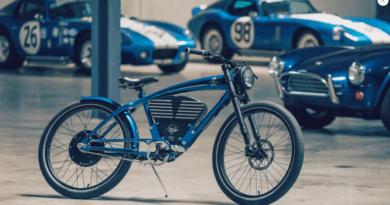The TransAtlantic Mindmeld
The Italians could take a page from Carroll Shelby, too, as evidenced by Renzo Rivolta’s Iso Grifo. The 7 Litri was in fact a big block 427/435 hp Chevy. These engines were very conservatively rated by GM, as they came from the factory easily generating 550 hp. Styled by Georgetto Giugiaro at Bertone, the mechanicals were put together by Giotto Bizzarrini, who also built his own version of the Grifo (only in Italy)! With an actual (not exaggerated, like its competition) top speed of 186 mph, the Grifo was fast, reliable, and great looking, which was the whole point to Rivolta’s venture into the automotive industry in the first place.
The Iso journey to building cars really began in the late 1930’s when Rivolta bought Isothermos, who built refrigerators and heaters. Somehow Isothermos survived WW II, and afterward Renzo shifted his company to producing scooters. The Isoscooter was immensely popular, and as the 1950’s began Renzo’s company had become the third largest producer of scooters and motorcycles. Building on the scooter success, Iso S.p.A. Automotoveicoli branched into producing microcars, designing the now iconic Isetta. Yes, the Isetta was originally an Iso, not a BMW. The Isetta even swept the top four places in the 1954 Mille Miglia ‘Index of Performance’ rankings! When demand for the car began to taper off, Rivolta sold licensing rights for the car to other European makers. BMW built over 200,000 of them.
With a mountain of cash from the Isetta and a dissatisfaction over the reliability of high performance GT cars, Renzo began his next adventure. While touring the 1961 Frankfurt Auto Show he overheard American auto importer Max Hoffman (who in 1955 had convinced BMW to produce the wonderful BMW 507) say the U.S. needed a European GT with an American engine. Renzo immediately met with his friend Nuncio Bertone and set out to produce such a car.
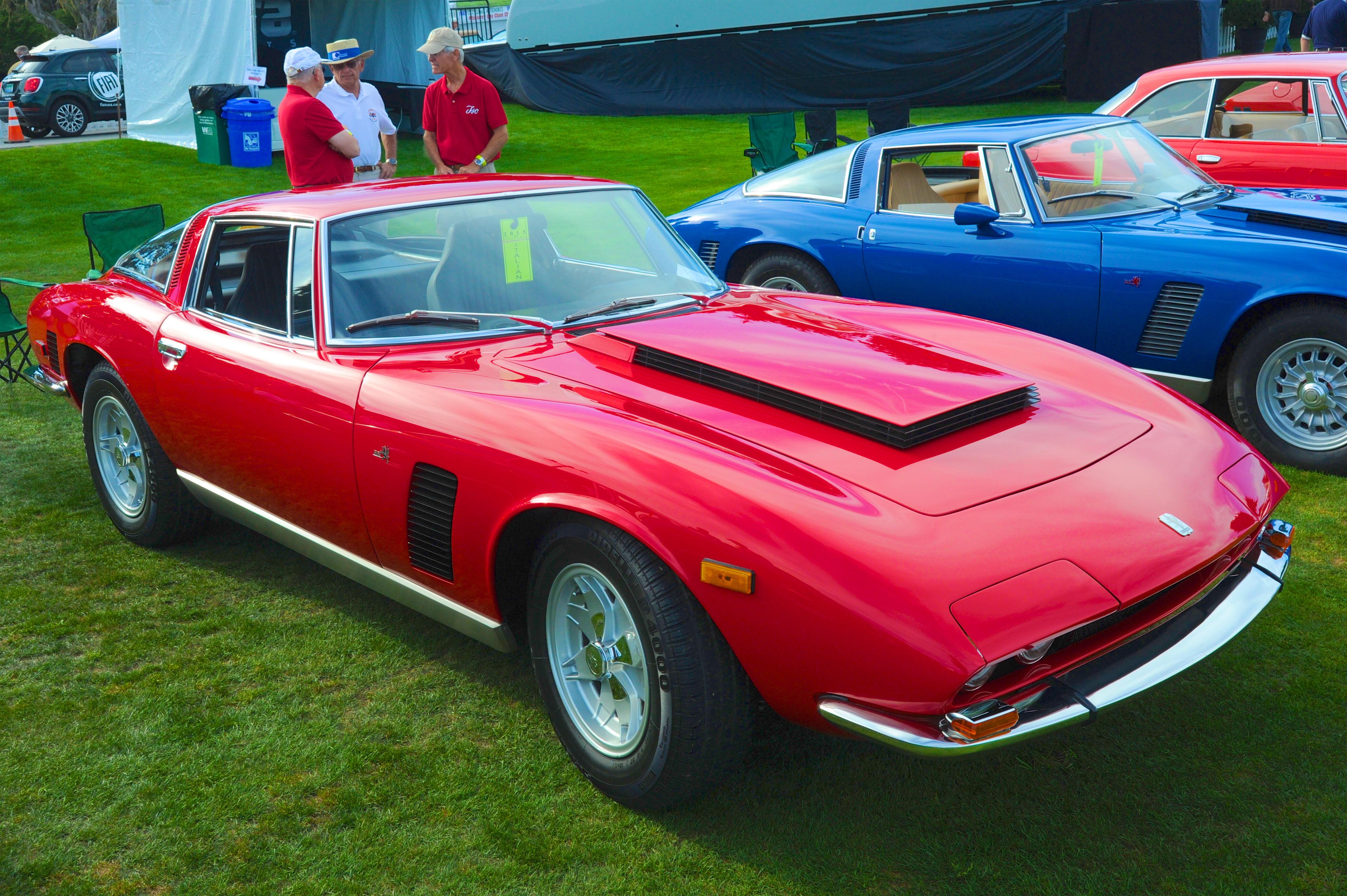
The first effort was the 1962 Iso Rivolta GT, again styled by Carrozzeria Bertone’s Giorgetto Giugiaro with a monocoque chassis by Giotto Bizzarrini and a Corvette 4-speed 327 V8. It met with very favorable press. Next, to counter their US importer who was lagging in his commitment, Bertone and Bizzarrini developed the sporty 2-seat, Iso Grifo A3/L. In an interesting twist of karma, Renzo had admired Hoffman’s BMW 507, so Iso used that car as a starting point for discussing the Grifo’s design. The Grifo was a sensation at the 1963 Turin Auto Show.
About the same time, Bizzarrini was pushing to promote the brand through racing. When his consultancy ended with Iso, as only the Italians can, Bizzarrini ended up creating his own A3/C race car from a chassis given to him by Rivolta. The race car also debuted at the 1963 Turin Show.
Several other relatively successful car models followed, but European socialist labor issues of the late ’60s and early ’70s created serious pressure for small car manufacturers. With Renzo’s passing in 1966, his son Piero met the challenge to Iso by selling off other companies, downsizing and executing a merger with Coolaire from Florida. A public offering for stock raised cash but ended with the American financier Ivo Pera eventually forcing Piero out. Sadly, when the 1973 oil embargo came, Pera had no out plan. So, Iso met its demise in 1974, a victim of the infamous gas shortage. In all, some 1700 cars were produced.
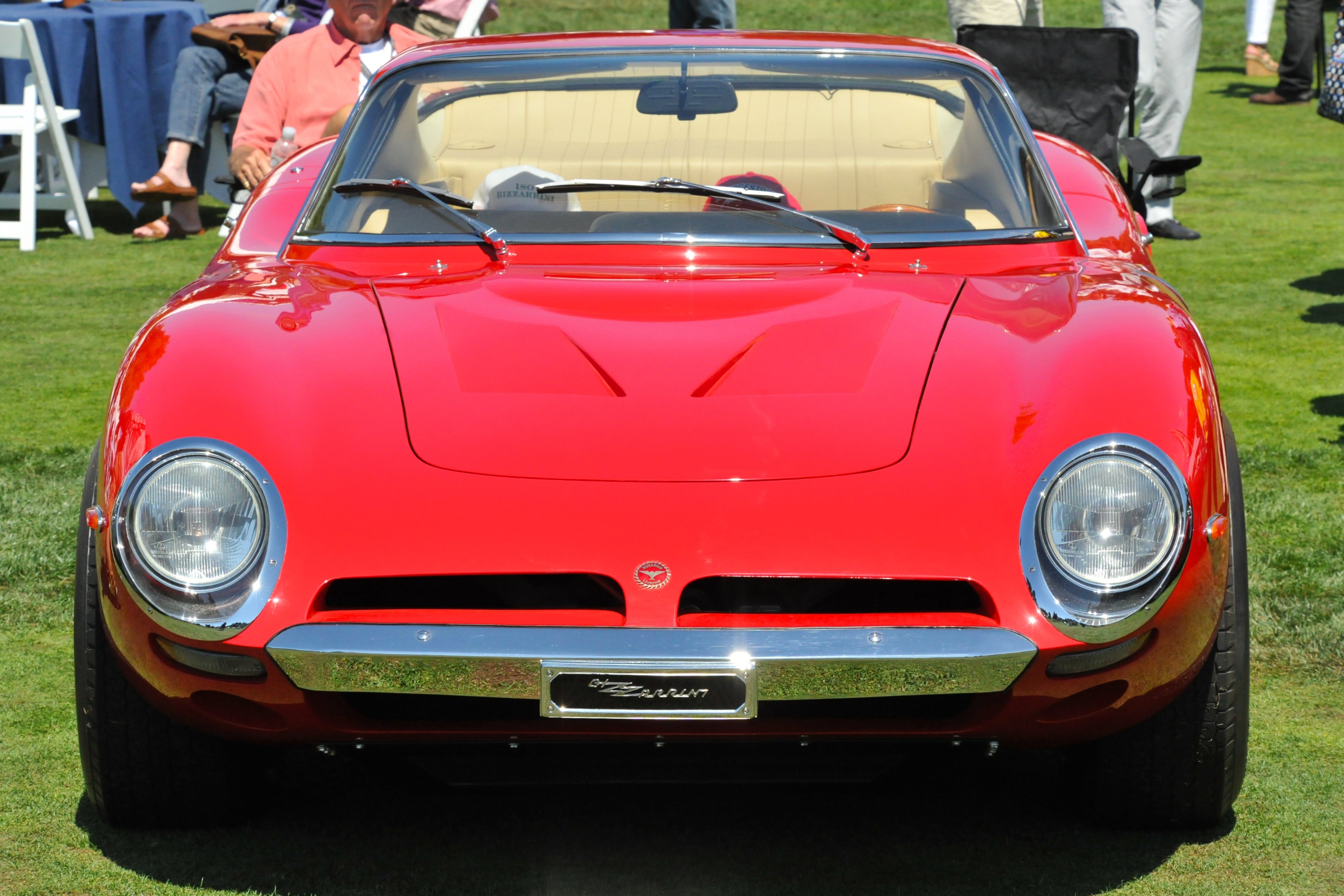
Bizzarrini was also a colorful character and very well-known car designer, having created some of the most famous of all Ferraris, the 250 GT SWB, the 250 Testa Rossa and the mythical 250 GTO. After being fired from Ferrari for walking off the job in protest of work politics, he caught on with Iso, working with Renzo Rivolta to design the Iso lineup of cars. Bizzarrini wanted to take advantage of early racing successes with the Iso’s and continue producing race cars. Rivolta didn’t agree and so the two parted ways. But Bizzarrini stayed busy, leveraging his relationship (and a few of Iso chassis’s) with Rivolta to build a few cars of his own to race. In the end, Bizzarrini the company went out of business in 1969. Somewhere between 100 and 139 Bizzarrini cars were built.
